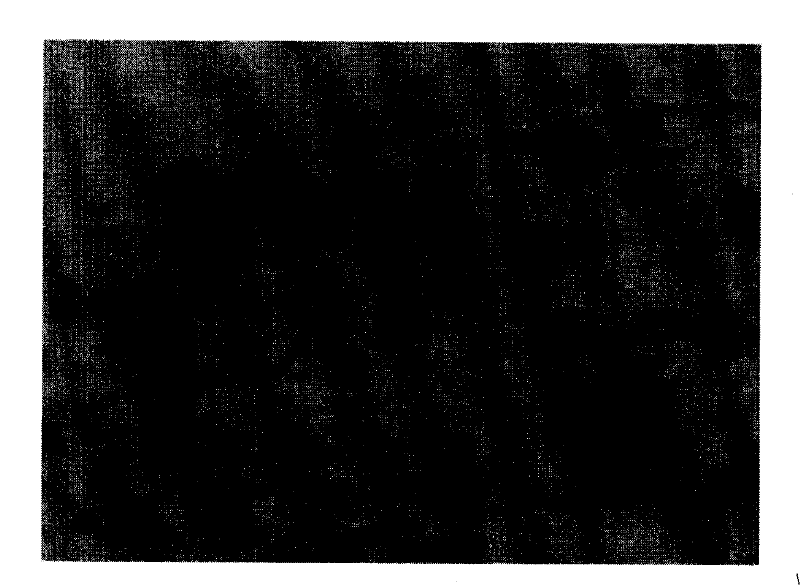Comprehensive detection kit for early carcinoma of prostate, detecting method and use thereof
A technology for comprehensive detection of prostate cancer, applied in the field of comprehensive detection kits in the early stage of prostate cancer, can solve problems such as unreported detection methods and applications of prostate cancer, imperfect design ideas of anti-cancer drugs, drug resistance of tumor cells, etc. Achieve high sensitivity, good sensitivity and strong specificity
- Summary
- Abstract
- Description
- Claims
- Application Information
AI Technical Summary
Problems solved by technology
Method used
Image
Examples
Embodiment 1
[0045] A comprehensive detection kit for early prostate cancer, including two groups of hybridization probes and markers, wherein: the hybridization probes have the sequences shown in the sequence table SEQ ID NO.1 and SEQ ID NO.2 respectively, and SEQ ID NO.2 ID NO.1 is the sequence of PSA, and SEQ ID NO.2 is the sequence of PCADM-1. Labeled with digoxin. The composition of other liquids and specimens in the kit is as follows:
[0046] Digestive solution 100μL / tube 2 tubes / box Colorless transparent liquid
[0047] Protective solution 100μL / tube 2 tubes / box Colorless transparent liquid
[0048] Pre-hybridization solution 1300μL / tube 4 tubes / box Colorless transparent liquid
[0049] Sense hybridization solution 10μL / tube 2 tubes / box Colorless transparent liquid
[0050] Antisense hybridization solution 10μL / tube 2 tubes / box Colorless transparent liquid
[0051] Blocking solution 1000μL / tube 2 tubes / box Colorless transparent liquid
[0052] Alkaline phosphatase antibody 1μ...
Embodiment 2
[0096] A kind of PCADM-1 gene and PSA gene in situ hybridization detection method and its kit application
[0097] 1. Specimen processing
[0098] 1. Use a 10ml centrifuge tube to fill 4.5ml of lymphocyte separation solution, then slowly add 3ml of anticoagulated blood into the centrifuge tube containing lymphocyte separation solution (blood: lymphocyte separation solution = 1:1.5), and centrifuge at 2000r / min 10min;
[0099] 2. Take the white blood cells in the middle layer into another centrifuge tube, then add about twice the amount of 1× buffer I to this tube, mix well, and centrifuge at 1500g / min for 10min;
[0100] 3. Discard the supernatant. Add about twice the 1× buffer I to the precipitate, mix well, and centrifuge at 1500g / min for 10min;
[0101] 4. Discard the supernatant, and absorb the excess liquid from the mouth of the test tube with paper towels. Then the precipitate was made into a suspension, dropped on a glass slide, and allowed to dry naturally. (Hospit...
PUM
 Login to View More
Login to View More Abstract
Description
Claims
Application Information
 Login to View More
Login to View More - R&D
- Intellectual Property
- Life Sciences
- Materials
- Tech Scout
- Unparalleled Data Quality
- Higher Quality Content
- 60% Fewer Hallucinations
Browse by: Latest US Patents, China's latest patents, Technical Efficacy Thesaurus, Application Domain, Technology Topic, Popular Technical Reports.
© 2025 PatSnap. All rights reserved.Legal|Privacy policy|Modern Slavery Act Transparency Statement|Sitemap|About US| Contact US: help@patsnap.com



